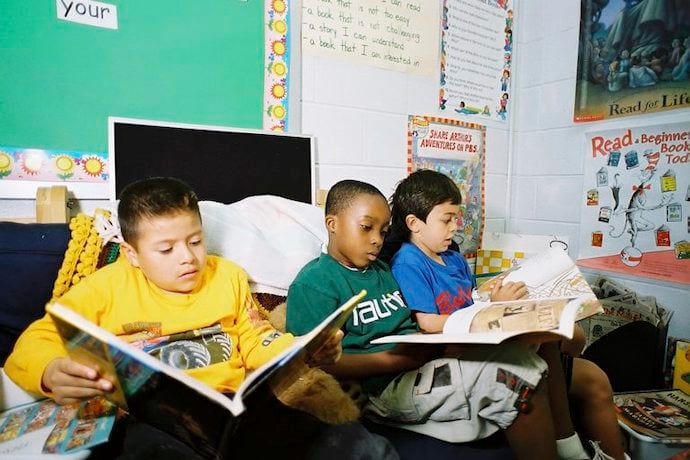Track the Movement of the Milky Way with a DIY Radio Telescope
It’s possible to detect the radio wave signature of hydrogen in the universe using nothing more than aluminum gutter flashing, an empty paint thinner can, a software-defined radio, and a few other pieces that cost around $150. Radio waves from hydrogen passes through a thin length of metal connected to the radio. Bursts of waves signal the motion of the spiral arms of the Milky Way Galaxy. It’s a neat project that mixes math, coding, engineering, astronomy, and a few other fun skills. There’s also a community, the Open Source Radio Telescope group, to help brainstorm ideas and solve problems.
The Secret History of Computer Easter Eggs
https://www.nytimes.com/2019/08/08/technology/easter-eggs-tesla-google.html
Easter eggs are fun surprises hidden inside software that users must find to experience. Lots of technology companies leave at least one easter egg in their software. And Tesla cars apparently have an easter egg that involves windows, mirrors, headlights, and doors while playing a holiday carol loudly. The first easter egg appeared in 1976 in an Atari video game called Adventure. The game designer created a surprise, a flashing credits screen with bright colors with his name. To see the credits screen, however, required a complex set of steps with a bridge and a maze and a few other things. Easter eggs have evolved into an art form and fun experiences.
Take a Virtual Dive on a 200 Year Old Dutch Shipwreck
https://www.youtube.com/watch?v=hovKu1bi7kA
Iceland’s oldest shipwreck happened in 1659, 360 years ago, a Dutch merchant ship called Melckmeyt or in English, Milkmaid. Denmark ruled Iceland at the time and the Dutch ship tried to break the Danish trading monopoly with Iceland. The fully loaded ship sank in a storm. An international team of researchers investigated the wreckage and made a 3-dimensional video. You can visit the wreck without getting wet or freezing in the cold North Atlantic waters.
Why Your Kitten is Smarter than any Artificial Intelligence
You might think a computer is much smarter than a kitten or a cat but you’d be wrong. Kittens figure out how to walk, listen, run, jump, and probably dozens of other skills. Recreating these skills with computers and robots turns out to be very complicated. Robots that can walk on two feet took decades to figure out and build. Meanwhile, babies learn to walk in a year or so.

